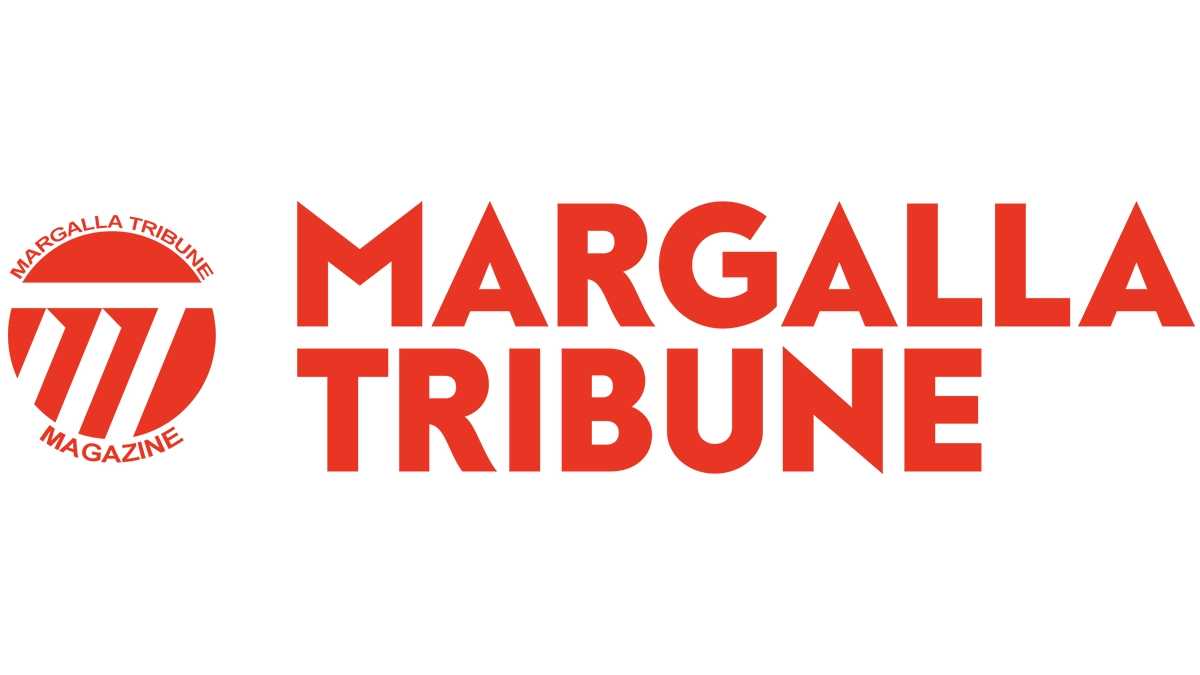It started with the newspaper print looking fuzzy. Then came the halos around headlights. By the time she couldn’t see her grandson’s face clearly, Saeeda Begum realized it wasn’t just age—it was something more.
This is a story many of us have heard—or lived through ourselves. A slow fade of vision, often brushed off as part of “getting old.” It sneaks up quietly. One day you’re reading a book by the window, and the next, you’re squinting at your tea cup trying to find the handle. But blurry vision after 60 isn’t always just aging. In many cases, it’s cataracts—a condition far more common, and far more treatable, than most people realize.
Why Are They So Common After 60?
As we age, the proteins in our eye’s lens start to break down and clump together. This clumping causes the lens to become cloudy. It’s a natural process, but some factors speed it up.Things like long-term exposure to sunlight (especially in a sunny country like Pakistan), diabetes, smoking, and even prolonged use of steroid medications can all increase your risk.
In Pakistan, there are unique set of challenges. Many people spend years working outdoors without sunglasses or hats, exposing their eyes to harmful UV rays. Access to quality eye care can be limited, especially in rural areas. And despite cataracts being so common, there’s still a lot of stigma and misunderstanding about them.
In fact, Pakistan has one of the highest rates of cataract-related blindness in the world. That’s not just a statistic—it’s a crisis we can’t afford to ignore.
Pakistan has one of the highest rates of cataract-related blindness in the world
The Danger of Delay
There’s a myth that blurred vision is just a natural part of aging and can’t be fixed. Another common misconception is that it’ll improve on its own. Unfortunately, cataracts don’t go away—they only get worse. Thus, one of the biggest problems is delay.
Left untreated, cataracts can lead to complete blindness. Loss of sight can lead to other serious issues, such as falls, loss of independence, isolation, and even depression. What’s heartbreaking is that cataracts are the leading cause of blindness in Pakistan, and yet, they’re entirely curable.
The Good News
Cataracts are not just treatable—they’re curable. Cataract surgery is one of the most common and successful procedures in the world. It usually takes less than 30 minutes and doesn’t require an over-night hospital stay. The cloudy lens is removed and replaced with a clear artificial one, restoring vision almost immediately.
“I felt reborn,” said Jamil Ahmed, 68, who got his cataracts removed at a local eye camp. “The day I saw my granddaughter’s face clearly again—it felt like a second chance at life.”

Transforming Lives Through Mobile Eye Care in Pakistan
For nearly a decade, the villagers of a remote hamlet in Khyber Pakhtunkhwa knew him only as the faqeer—a solitary figure who shuffled through alleyways, eyes veiled in a ghostly white haze, reciting verses no one fully understood. Once a skilled artisan and a father and husband, he had slowly surrendered to darkness after losing his sight to cataracts. With no access to treatment, he drifted into a life of dependence and quiet despair, believing his blindness was divine punishment.
But one morning, change arrived—a gleaming mobile surgical unit had rolled into the village square, its side panels unfolding like the wings of a miracle. It was a fully equipped field hospital under the banner of the —-initiative, made possible through funds under the Corporate Social Responsibility (CSR) program of OGDCL, in partnership with Al-Shifa Eye Trust.
A group of neighbours brought the faqeer forward, hopeful but uncertain. Inside the mobile unit—cool, sterile, humming with quiet resolve— the doctor gently examined him. “This isn’t divine wrath,” he said. “It’s cataract. And we can fix it.”

The surgery took place, and low and behold, the next morning, when the bandage was removed, the man opened his eyes and gasped. The haze had lifted. He saw the curve of the mosque dome, the sun on the stones and cried out with joy, “Allah has bestowed a miracle!”
Today, he no longer begs. He leads the early morning prayer. His dignity, long lost to blindness, has been quietly and fully restored. This was not just an operation—it was a resurrection of identity. And it was made possible by a single decision to place impact at the heart of corporate responsibility.

Vision on Wheels
The mobile surgical units are not makeshift vans with a first-aid box. They are sophisticated, hospital-grade facilities on wheels, which have costs attac-hed its paraphernalia, such as surgical technology, high-resolution OT microscopes, sterile fields, air conditioning, even live data-linkages with base hospitals. OGDCL is redefining rural healthcare.
At the heart of this endeavor lies the outreach initiative, that identifies cataract patients, screens schoolchildren, trains local teachers, and refers complex cases to tertiary centers. Each unit is a microcosm of a larger vision: accessible, high-quality healthcare delivered at the grassroots.

More Than a Fund, A Force of Social Equity
The partnership with OGDCL—Pakistan’s largest energy exploration company—is a masterclass in what corporate-public synergy should look like. What began in 2015 as a contractual collaboration has blossomed into the largest cataract outreach network in Pakistan’s history.
OGDCL doesn’t just fund the initiative. It fuels its ambition, sustains its growth, and ensures its continuity. With 35 full-fledged camps supported annually, OGDCL has helped touch the lives of hundreds of thousands of Pakistanis—many of whom had never seen a doctor, let alone an eye surgeon.
It is rare to see a public-sector giant so deeply embedded in the humanitarian space—not as a donor, but as an equal partner in development.
Numbers That Tell Human Stories
The data is staggering. In some regions, a single three-day camp conducts upwards of 450 surgeries, many performed on elderly women who had been blind for years. The results are instan-taneous and, often, emotionally over-whelming. Patients walk out of the operating unit the next day able to see their children, their homes, the world—many for the first time in decades. Till date 400,000 patients have been treated. These numbers are not just metrics. They are acts of liberation.

Toward a Blindness-Free Pakistan
With OGDCL’s support, it aims to reach 600,000 beneficiaries by 2025. This includes expansion into Gilgit-Baltistan, AJK, interior Sindh, and districts along Pakistan’s borders, where healthcare infrastructure is virtually non-existent.
Community awareness campaigns, school health initiatives, and digital monitoring systems ensure that this is not just about treatment—it’s about sustainable prevention.
A Vision for the Future
In a world increasingly divided by inequality and inertia, Al-Shifa and OGDCL are rewriting the script—one cataract surgery at a time and show the world that what’s possible when institutions invest not just in infrastructure, but in human potential. Their story is not just about restoring sight. It is about restoring choice, freedom, and future to those who have long been denied it.
And in that light—clear and undimmed—Pakistan may finally see the path forward.

Muhammad Rafi, diagnosed with Grade III Pterygium, contnued to expose himself to high UV exposure. At the free surgical eye camp, he underwent surgery at free surgical eye camp , which improved his vision. Sadiqabad

Zahida Bibi, had Bilateral Cataract, lost hope for her vision. After successful surgery at free surgical eye camp, her vision improved from 6/60 to 6/6, allowing her to return to daily tasks independently. Jandri, Karak

Sultan Majeed, suffered poor vision due to cataracts for two years. Unable to afford surgery, he was treated at free surgical eye camp. After his operation, he regained clear vision. He requested more such camps in the future.
Taunsa

Samri Bibi, blinded for years, and after surgery at the free surgical eye camp, tears of joy flowed and walked home independently, with dignity, no longer needing support.
Shujabad
Prevention & Eye Health Tips
While aging is inevitable, according to doctors at Al-Shifa eye hospital, there are steps you can take to protect your eyes:
- In order to ward off harmful ultra-violent (UV) rays , wear sunglasses with 90-100% UV protection
- Wide-brimmed hats when outdoors to reduce UV exposure via sun’s glare.
- Manage diabetes and blood pressure, as both are linked to eye health.
- Quit smoking, or encourage your loved ones to do so.
- Get an annual eye exam after the age of 50—even if you think your vision is “fine.”
- Eat a diet rich in antioxidants—carrots, spinach, oranges, and almonds are great for your eyes.
Don’ts for Eye Health
- Don’t Rub Your Eyes – This can cause irritation and spread bacteria.
- Don’t Stare at Screens for Long – Avoid digital eye strain by taking regular breaks.
- Don’t Use Expired Makeup – Old makeup can lead to infections and irritation.
- Don’t Overuse Contact Lenses – Over-wearing them can cause dryness and infection.
Many elderly people don’t talk about their vision problems. Sometimes they’re embarrassed, or they think it’s pointless to complain.Growing older doesn’t mean growing blind. Cataracts don’t have to steal your joy, your independence, or your vision. Because everyone deserves to see the faces they love, the colors of life, and the beauty of the world—clearly.
Photos Courtsey Al-Shifa Eye Trust






